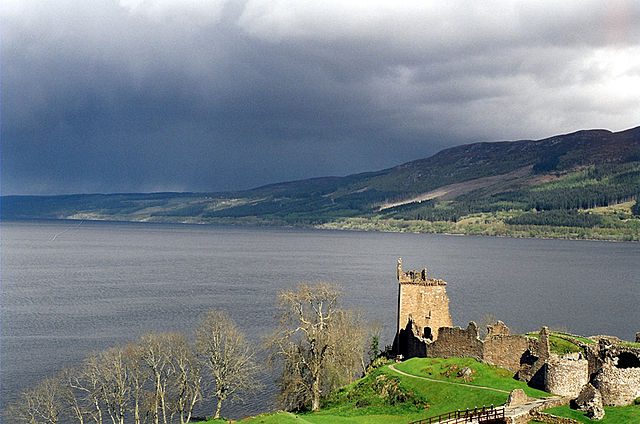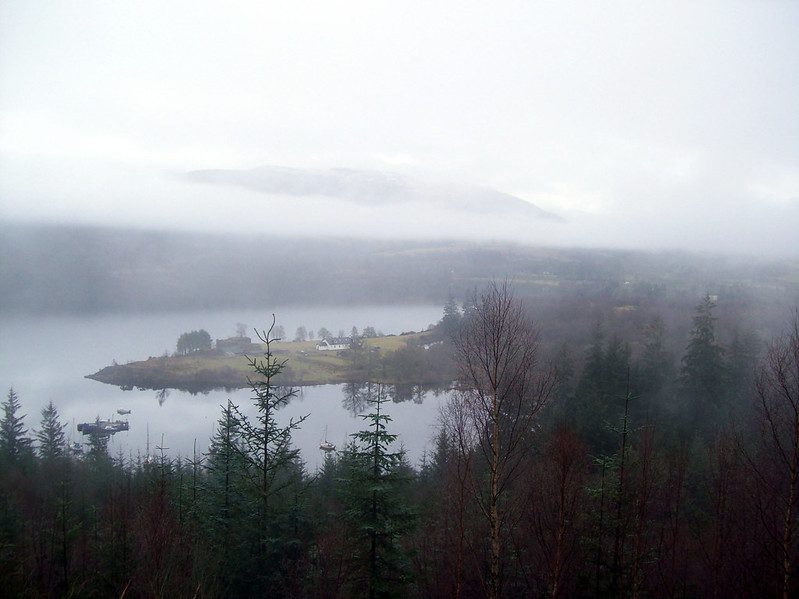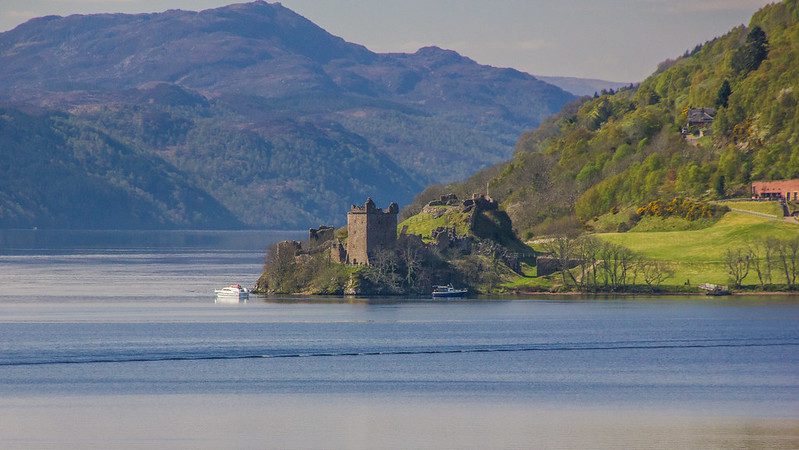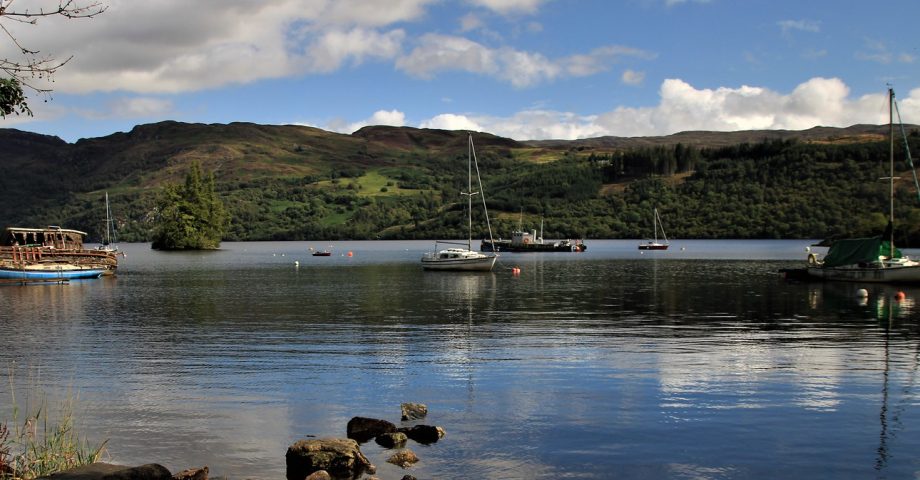Ever heard of the Loch Ness Monster? Of course you have! The giant sea creature supposedly lurking in the murky waters of Scotland is the stuff of legend going back decades. But before Loch Ness became known as the home of a monster, it was, of course, simply a lake! So, let’s get to know this particular body of water a bit better together. Here are some fun facts about Loch Ness you’ll want to remember.
1. What is Loch Ness?
As mentioned above, even if the name Loch Ness automatically makes you think of a mythic monster, there’s more to the area than just fabled beasties. Loch Ness is a freshwater lake situated in the Scottish Highlands.
2. How big is Loch Ness?
Loch Ness holds the accolade of being Scotland’s second-deepest lake, and is also the biggest in the country by volume! The lake is just under 23 miles (37 km) long, and, as you can imagine, it varies quite a bit in width. It can go from being less than a mile (1.6 km) wide in certain areas to over 1.5 miles (2.4 km) wide in others! Plenty of room for Nessie to hang out, then…
3. Speaking of Nessie…
The Loch Ness monster, also known as Nessie, is a creature many have claimed to see lurking in the waters of Loch Ness. In fact, the monster’s presence is no modern idea, as the earliest recorded sighting dates from about the 6th Century AD!

4. The surgeon’s photograph holds the key.
If you have ever seen a photo of what’s supposedly the Loch Ness monster, chances are that you have seen the “surgeon’s photograph.” This is the name of the 1933 photograph that was supposedly taken of the beast, showing its head and neck peering out of the water. However, it was eventually revealed to be false… Or was it?
5. How much water does one lake need?
If you were wondering just how much water Loch Ness contains, it’s 263 billion cubic feet. Or, to put it into perspective, Loch Ness holds more water than all of the rivers, lakes, and even reservoirs in all of England, and all of Wales, combined!
6. Peer into the lake…
One of the reasons that a myth about the Loch Ness monster is so believable is because no one can actually see clearly into the waters! They are known for being very dark and murky, so who knows what’s living under there?
7. Cherry Island awaits!
Loch Ness is known for many things, but not so much for its islands! It has one main, tiny patch of land rising out of the water, known as Cherry Island.
8. Come see Urquhart Castle!
Besides seeing the waters (and the Monster), millions come from all over to see the ruins of the stunning castle on Loch Ness! Urquhart Castle is on the lake’s edge and has been there since the 13th century!

9. So what does live in Loch Ness?
There are a few creatures that we know for a fact are living in Loch Ness! For example, there are plenty of salmon, trout, and eels living in the waters.
10. It’s a tourist hotspot.
If you want to visit Loch Ness, it’s worth putting on your best walking boots! The area is full of gorgeous sights and trails, including the Caledonian Canal, the Great Glen Way hiking trail, and the capital of the Highlands, Inverness.

FAQs about Loch Ness
Is Loch Ness the deepest lake on the planet?
No, Loch Ness is not the deepest lake in the world. In fact, it is not even the deepest lake in the UK! It falls behind Loch Morar, as far as British records go.
Can you see dolphins in Loch Ness?
Yes - you can actually see dolphins in the Loch Ness area! They mainly come to hunt for the salmon nearby. Many come to view the dolphins and whales in the area from Chanonry Point on the Black Isle.
Is it safe to swim in Loch Ness?
No, it is never considered safe to swim in Loch Ness. The lake is simply far too cold (which may seem warm on a good day on the surface, but trust us, they are still cold just underneath!) and dark. Don’t go for a dip with Nessie!
Further reading:
https://facts.uk/tag/Scotland
https://www.visitinvernesslochness.com/
https://lochness.com/
Do you know any fun facts about Loch Ness? Share them in the comments below!









